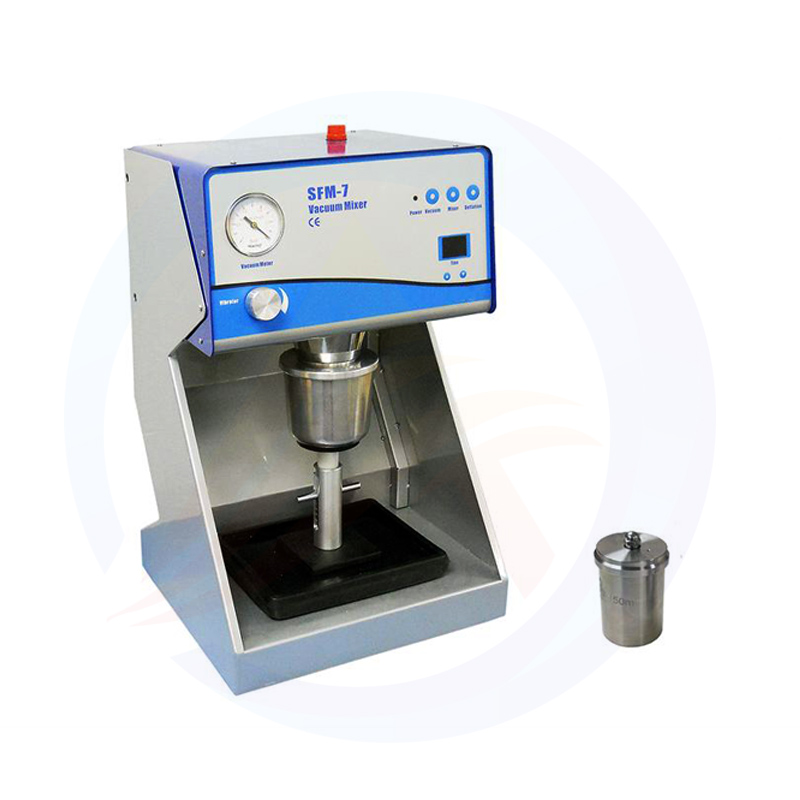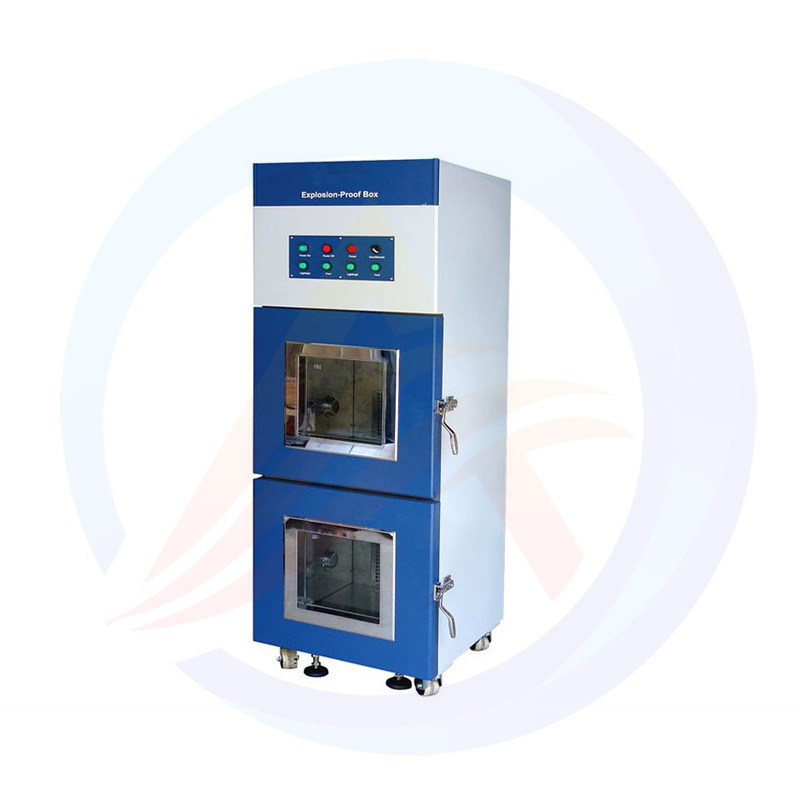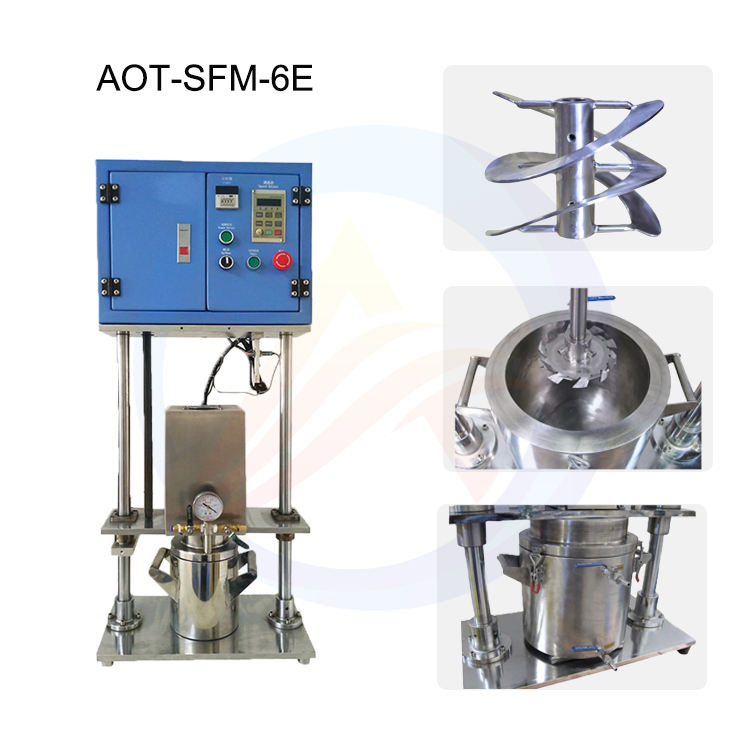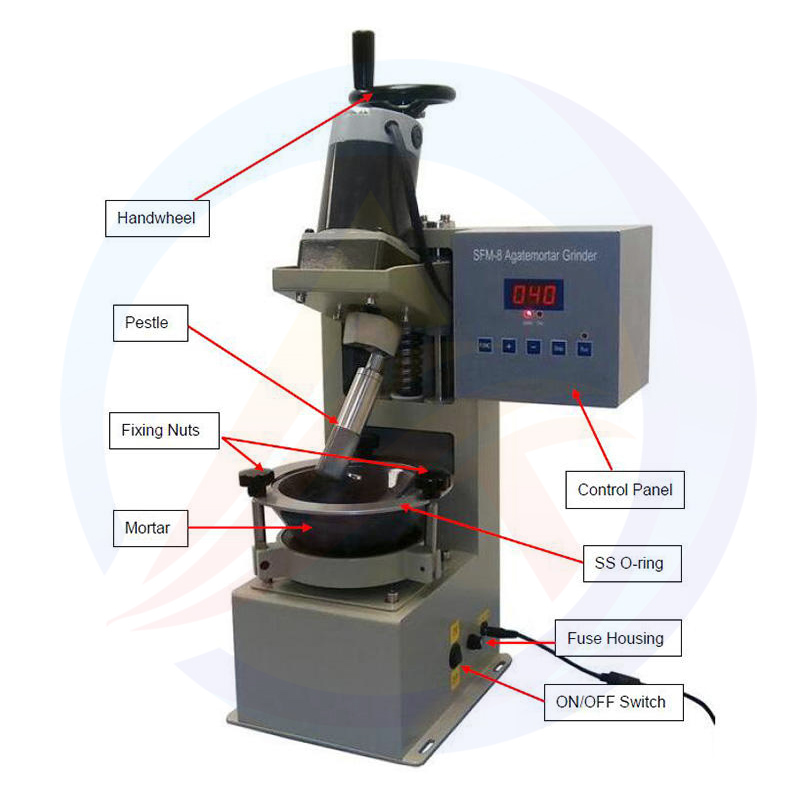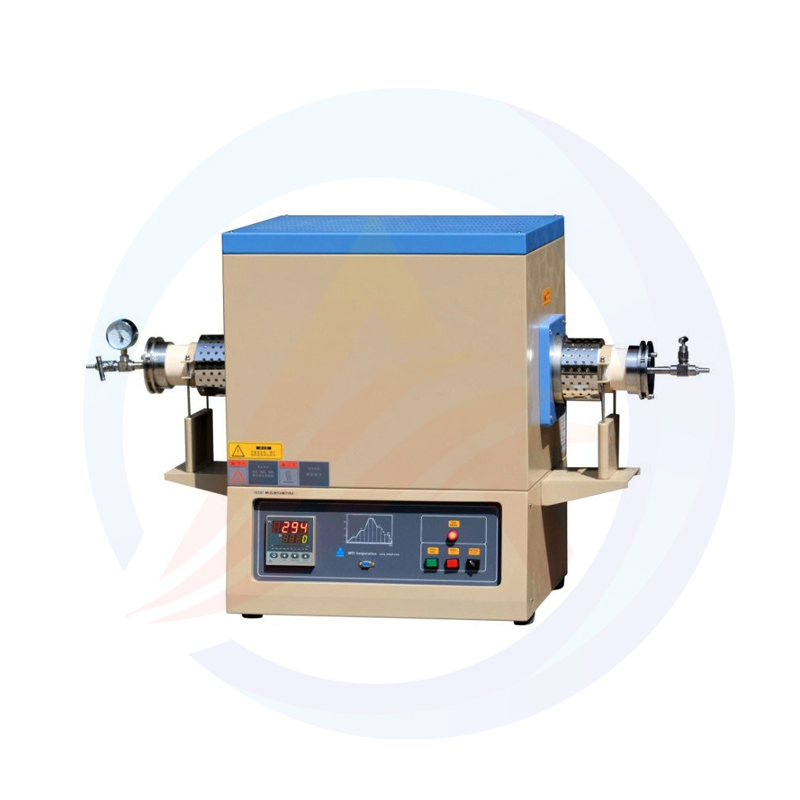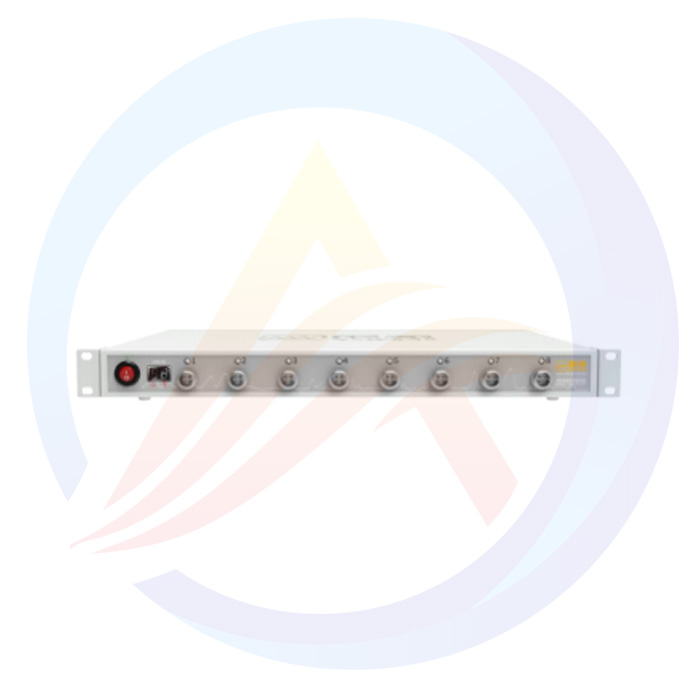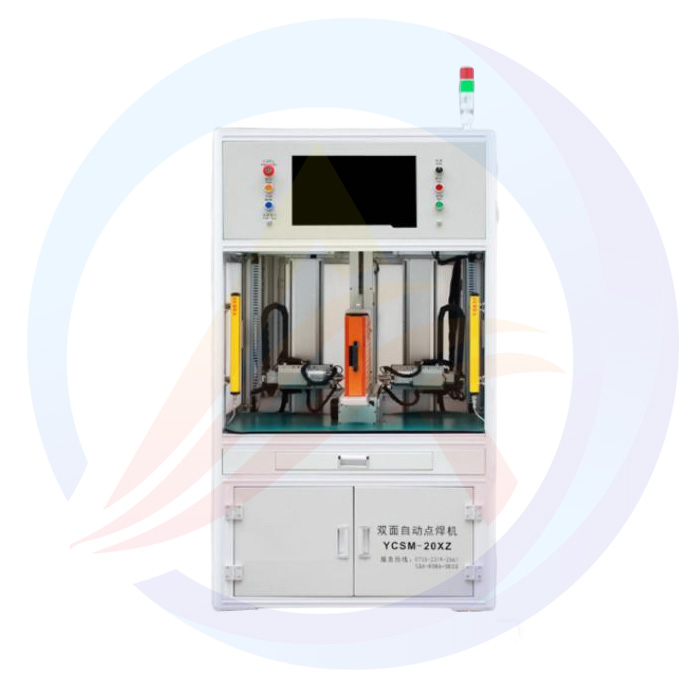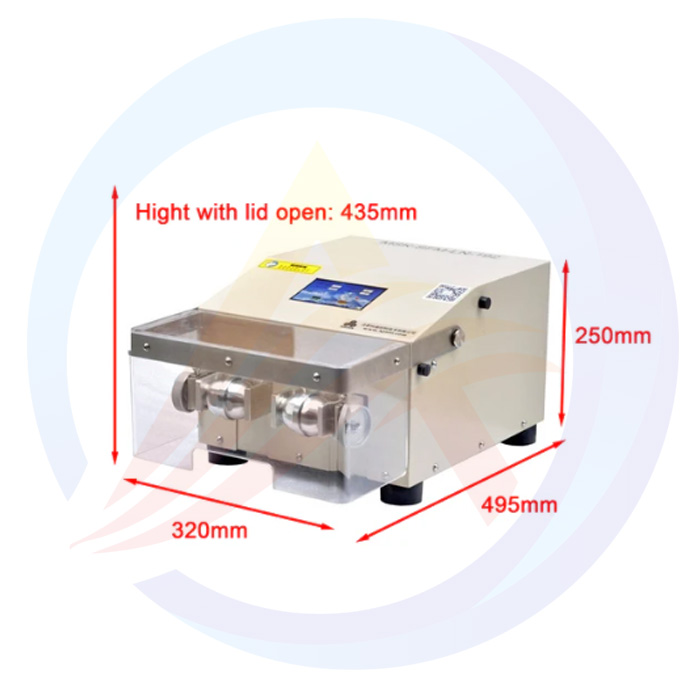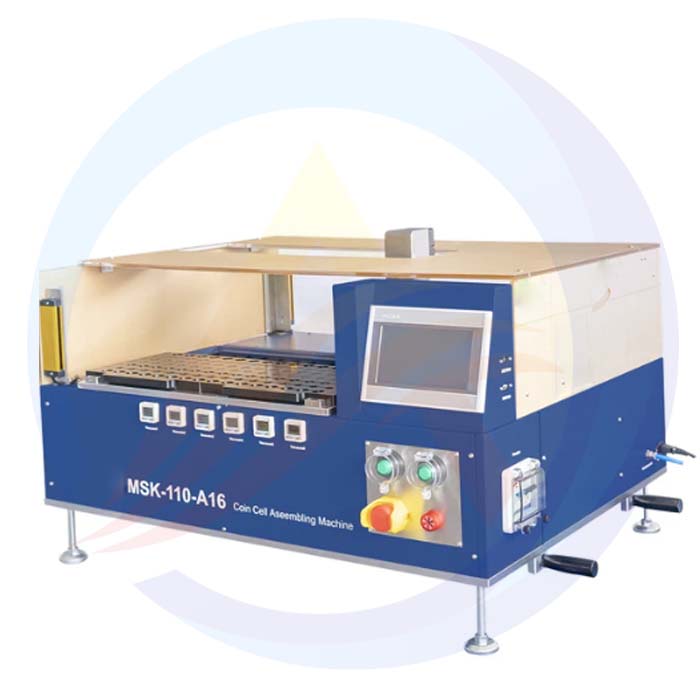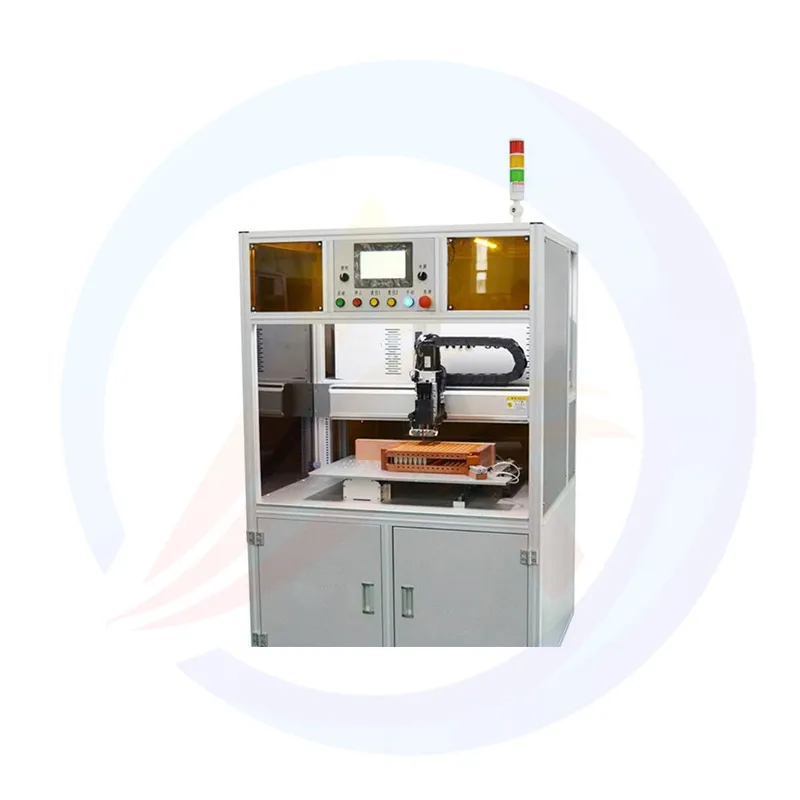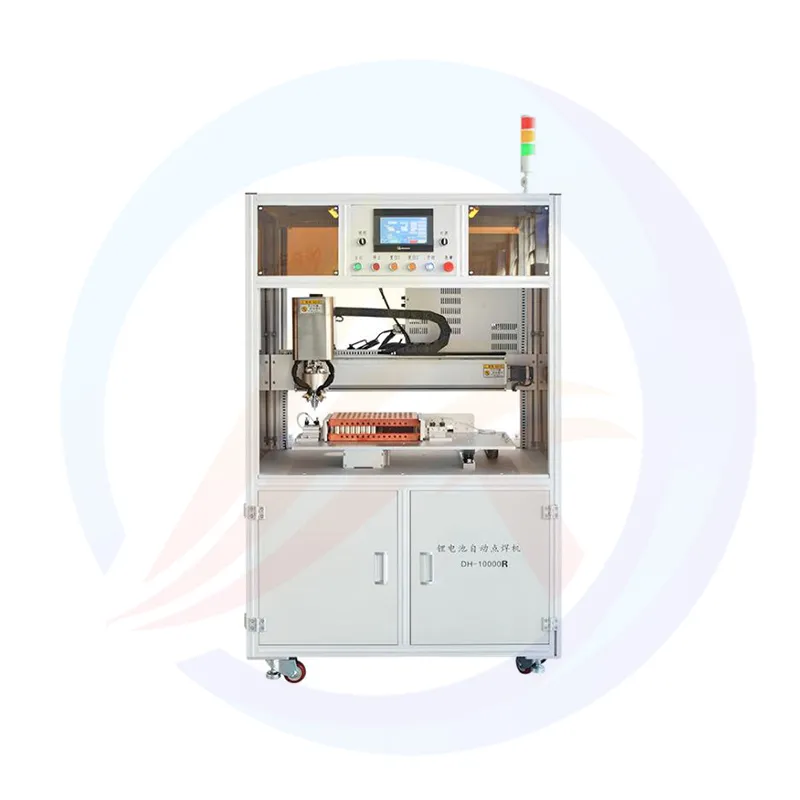In the bustling factories where cylindrical lithium-ion batteries—found in everything from power tools to electric vehicles (EVs) and portable electronics—are made, a piece of equipment works quietly yet indispensably: the cylindrical battery spot welder. As global demand for high-performance, reliable batteries surges—with the EV battery market alone projected to hit $1.1 trillion by 2030—this specialized welding tool has become a cornerstone of efficient, high-quality battery production. This news report breaks down the critical role of cylindrical battery spot welders and the science behind their operation, revealing why they are essential to keeping the world’s battery supply chain running.
Why Cylindrical Battery Spot Welders Matter: Core Roles in Production
Cylindrical batteries, such as the widely used 18650 and 21700 formats, rely on precise connections between internal components to deliver consistent power. Unlike traditional soldering, which uses molten metal to join parts, spot welding uses localized heat from electrical current to create strong, low-resistance bonds—making it ideal for battery manufacturing, where even tiny defects can cause performance failures or safety risks. Here are the tool’s three most vital roles:
1. Connecting Current Collectors to Electrodes
At the heart of every cylindrical battery is a "jellyroll"—a tightly wound stack of anode, cathode, and separator layers. To extract power from this jellyroll, thin metal current collectors (typically copper for anodes, aluminum for cathodes) must be securely attached to the battery’s top and bottom caps (known as "terminals"). Cylindrical battery spot welders perform this task by delivering short, high-intensity electrical pulses to the collector and terminal, melting their contact points just enough to form a metallurgical bond.
"This step is make-or-break for battery performance," explains Dr. Elena Marquez, a battery manufacturing expert at the International Advanced Materials Institute. "A weak weld here creates resistance, which wastes energy as heat and shortens the battery’s lifespan. Spot welders ensure the bond is both strong and uniform—critical for EV batteries that need to last 10+ years."
2. Assembling Battery Packs
Single cylindrical batteries rarely work in isolation; devices like power banks, e-bikes, and EVs require "battery packs"—dozens or hundreds of cells wired together. Spot welders are used to connect cylindrical cells to metal busbars (conductive strips that distribute current across the pack). Unlike manual wiring, spot welding creates seamless, low-resistance connections that minimize energy loss and reduce the risk of overheating—a major safety concern in high-voltage packs.
3. Ensuring Safety and Reliability
Batteries are prone to failure if internal components shift or short-circuit. Spot welders contribute to safety by creating rigid, tamper-proof connections that hold up under stress—from the vibration of an EV driving over potholes to the temperature changes of a smartphone in a pocket. Additionally, modern spot welders include sensors that monitor weld quality in real time: if a weld is too weak or too hot (which could damage the separator), the machine alerts operators, preventing defective batteries from reaching the market.
A 2024 study by the Battery Safety Consortium found that 82% of battery recalls in the past five years stemmed from poor electrical connections—underscoring the spot welder’s role as a "safety gatekeeper."
How Cylindrical Battery Spot Welders Work: The Science Behind the Spark
While spot welding may look like a simple "spark and bond" process, it relies on precise physics and engineering. Here’s a step-by-step breakdown of its working principle, tailored to cylindrical battery applications:
Step 1: Preparing the Workpiece
First, the cylindrical battery components (e.g., current collector and terminal, or cell and busbar) are positioned between two metal electrodes (often made of copper alloy, which conducts electricity well and resists heat damage). The electrodes are shaped to fit cylindrical batteries—curved to match the cell’s rounded surface, ensuring full contact with the component being welded.
Step 2: Applying Pressure
The spot welder’s mechanical arm presses the electrodes against the workpiece with controlled force (typically 5–50 Newtons for cylindrical cells). This pressure ensures intimate contact between the two materials, eliminating gaps that would block current flow or create weak welds. "Pressure is just as important as current," notes Mark Chen, an engineer at welding equipment maker Amada Miyachi. "Too little pressure, and the current arcs instead of heating the metal; too much, and you crush the delicate battery components."
Step 3: Delivering the Welding Current
Once pressure is applied, the welder sends a short, high-amperage electrical current (1,000–10,000 amps) through the electrodes and into the workpiece. The current flows through the points of contact between the two materials, which have high electrical resistance—this resistance converts electrical energy into heat, rapidly raising the temperature to 1,500–2,000°C (hot enough to melt most metals used in batteries).
Crucially, the current is delivered in pulses (typically 10–100 milliseconds long) rather than a continuous stream. This "pulsed welding" prevents overheating: the short burst melts only the surface of the materials, avoiding damage to the battery’s internal separator (which melts at ~130°C) or electrolyte (which decomposes at high temperatures).
Step 4: Cooling and Bond Formation
As soon as the current pulse ends, the electrodes remain pressed against the workpiece for a few milliseconds, allowing the molten metal to cool and solidify into a strong, crystalline bond (called a "nugget"). The electrodes also draw away excess heat, speeding up cooling. The result is a weld that is:
Strong: Can withstand up to 50 Newtons of pull force (enough to hold the battery together during rough use).
Low-resistance: Conducts electricity with minimal energy loss (typically <5 milliohms).
Non-invasive: Doesn’t damage surrounding battery components.
Step 5: Quality Inspection
Modern cylindrical battery spot welders integrate advanced sensors—including voltage monitors, thermal cameras, and ultrasonic scanners—to check weld quality. For example, a voltage sensor measures the electrical resistance of the weld: if resistance is too high, it indicates a weak bond. A thermal camera ensures the heat didn’t spread to the separator. Any defective welds trigger an automatic alert, and the battery is removed from the production line.
Innovation in Cylindrical Battery Spot Welding: Meeting New Industry Demands
As battery technology evolves—with larger cells (e.g., 4680 format), higher voltages, and more sensitive materials—spot welders are adapting too. Here are three key innovations shaping the market:
1. Laser Spot Welders for Ultra-Precise Bonds
Traditional resistance spot welders work well for most cylindrical cells, but new "laser spot welders" are gaining traction for high-end applications. These use a focused laser beam (instead of electrical current) to heat the weld area, enabling even more precise control over heat and bond size.
"Laser spot welders are perfect for next-gen cylindrical cells with thinner current collectors (down to 5 μm)," says Dr. Marquez. "They create smaller, cleaner welds that don’t damage the delicate metal sheets—critical for batteries in medical devices or aerospace, where reliability is non-negotiable." Companies like IPG Photonics now offer laser spot welders tailored to cylindrical batteries, with adoption growing at 25% annually.
2. AI-Powered Automated Systems
To keep up with EV production volumes, manufacturers are turning to AI-driven spot welding robots. These systems use machine learning to optimize welding parameters (current, pressure, pulse length) in real time, adapting to variations in battery components (e.g., slight differences in collector thickness).
For instance, Chinese battery giant CATL’s new "Smart Weld" system uses AI to adjust parameters for each 21700 cell, reducing weld defects by 40% and increasing production speed by 20%. "AI turns a ‘one-size-fits-all’ process into a personalized one," says a CATL engineer. "It’s how we’ll meet demand for 500 GWh of batteries by 2026."
3. Eco-Friendly Welding Technologies
Sustainability is also driving innovation. Traditional spot welders consume large amounts of energy (up to 10 kWh per hour), but new "energy-recovery" models capture and reuse excess electrical energy, cutting consumption by 30%. Additionally, water-cooled electrodes (instead of air-cooled) reduce heat waste, while lead-free copper alloys make the machines easier to recycle.
The European Union’s new Battery Regulation, which mandates eco-friendly manufacturing by 2027, is accelerating adoption of these green spot welders. "Manufacturers can’t afford to ignore sustainability—either for compliance or brand reputation," notes Chen.
The Future of Cylindrical Battery Spot Welders
As the world shifts to electrification, the role of cylindrical battery spot welders will only grow. Experts predict that by 2030, the global cylindrical battery spot welder market will reach $8.7 billion, driven by EV and energy storage demand. Welding for solid-state batteries: Next-gen solid-state cylindrical batteries will require spot welders that work with new materials (e.g., lithium metal anodes), pushing for even lower heat and higher precision.
"In the end, every reliable battery starts with a good weld," says Dr. Marquez. "Cylindrical battery spot welders may not be as glamorous as new battery chemistries, but they’re the backbone of the energy transition. Without them, we can’t build the batteries that power our cars, homes, and future."

